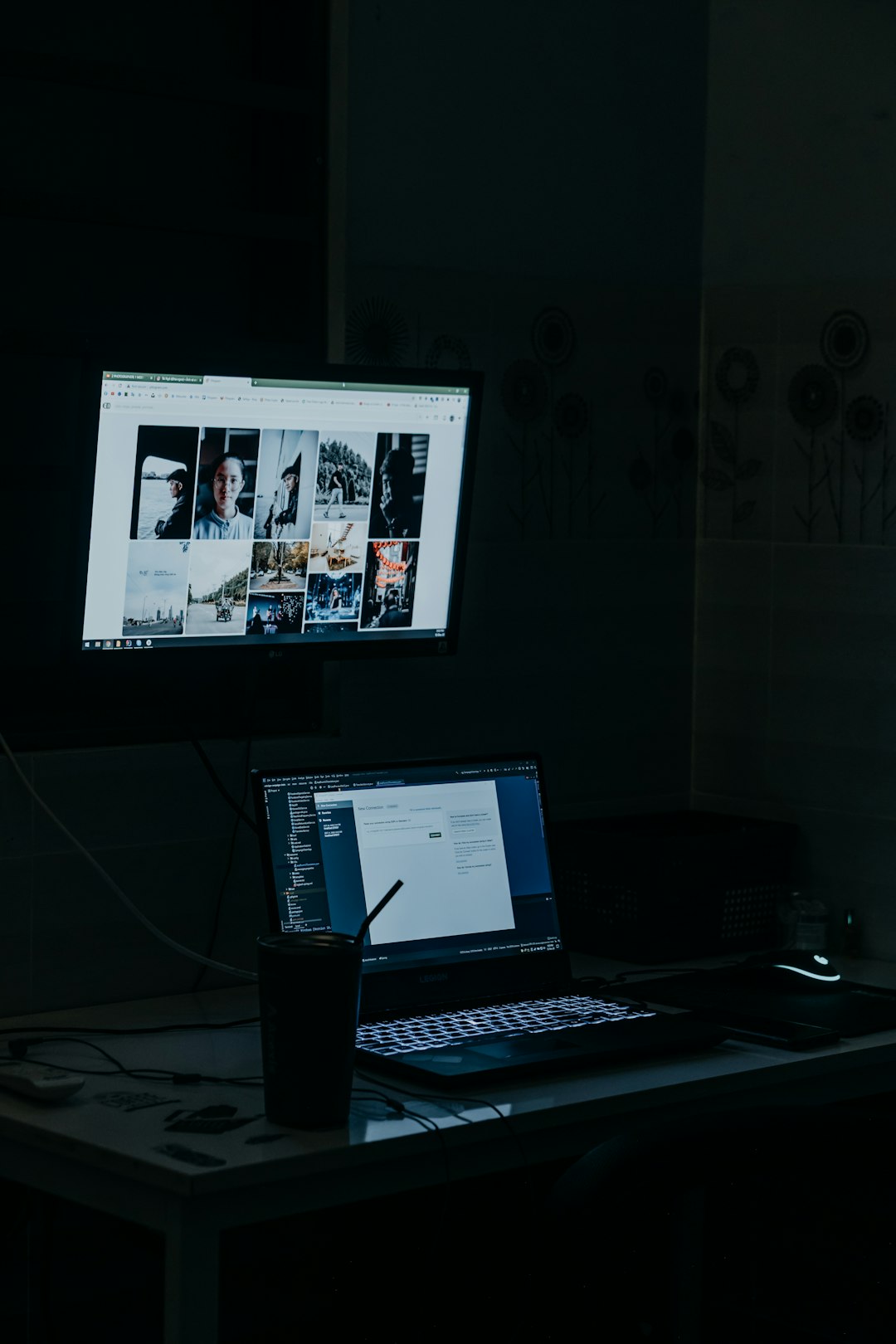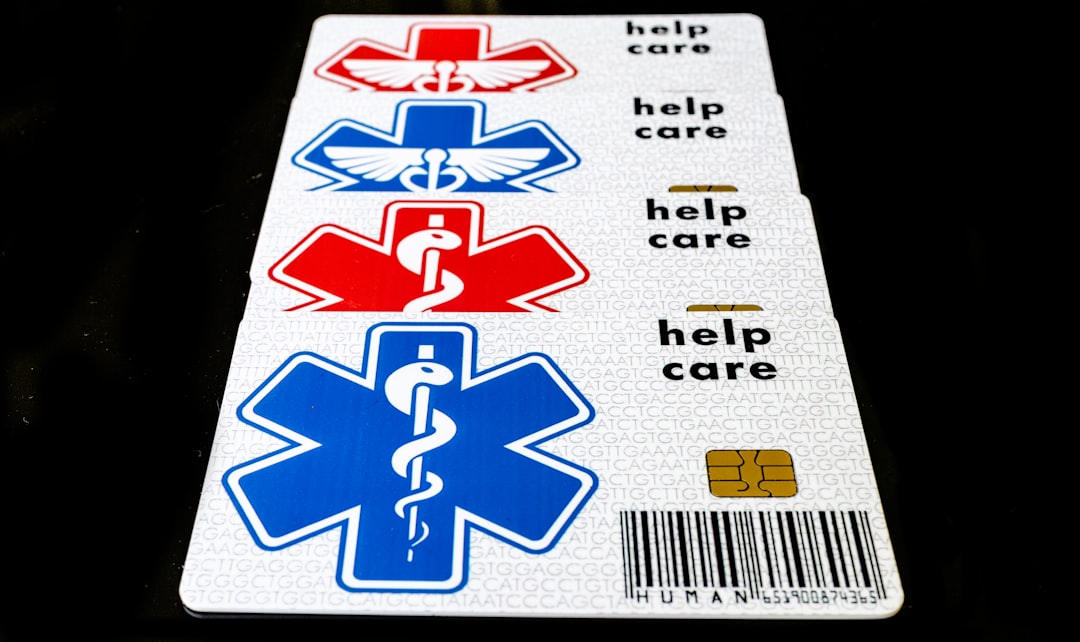Working from home? Clocked in late? Need to track a team across time zones? If you’re trying to manage people’s work hours, you’re not alone. Time monitoring in the U.S. workplace is a hot topic. And believe it or not, it can be fun, fair, and effective.
Let’s dive into the top tools and techniques that make time tracking easier. Whether you’re running a whole company or just managing a small team, this guide will help.
Why Bother With Time Monitoring?
Because time is money! Seriously, here’s why businesses monitor time:
- Stay productive: Track who’s doing what and how long it takes.
- Simplify payroll: No more guessing pay hours.
- Improve planning: Get better at project timelines.
- Stay compliant: Meet labor laws and overtime rules.
But wait! There’s a right way and a wrong way to monitor time. You want your team to feel trusted, not watched. The tools and techniques below strike that balance.
Top Time Tracking Tools (That Employees Don’t Hate)
Here are some favorites used across U.S. workplaces:
1. Toggl Track
Toggl is like a stopwatch you can’t lose. It’s user-friendly, and your team won’t need a manual to figure it out.
- Great for freelancers and small teams
- Nice reports and graphs
- Runs on web, mobile, and desktop
Bonus: It even reminds users to track time!
2. Clockify
Clockify is perfect if you’re on a budget. It’s free for unlimited users. Yes, really.
- Track hours by project or client
- Set hourly rates
- Get detailed time sheets
Managers love it. Employees find it easy. Win-win!
3. Hubstaff
Need to track remote workers? Hubstaff does it all — even GPS tracking and screenshots (only if needed).
- Time tracking with activity levels
- Integrates with over 30 tools (like Trello and Asana)
- Mobile app for teams on the go

4. QuickBooks Time (formerly TSheets)
Integrated with payroll? QuickBooks Time is a great pick. It’s made for businesses that need precise time logs.
- Mobile clock-in app with GPS
- Perfect for field teams
- Works well with QuickBooks accounting
5. RescueTime
This one is a little different. RescueTime monitors how you spend your time online. It shows how much time went to emails, meetings, or even cat videos.
- Automatic time tracking (no timer needed)
- Helps self-monitoring and focus
- Works great for individuals and freelancers
Cool Techniques for Smarter Time Monitoring
Tools are great. But how you use them matters even more.
1. Use the 80/20 Rule
Focus on the 20% of tasks that drive 80% of results. Help your team prioritize high-impact work. Use tools to track where time goes. Then adjust!
2. Time Blocking
This is a favorite among productivity pros. Break the day into blocks. Assign each block a task — like “emails,” “calls,” or “deep work.”
Let your employees plan their day with purpose.
3. End-of-Day Check-Ins
No need for micromanaging. Just a five-minute update: What did you do today? What’s next? It keeps teams aligned and accountable.

4. Visual Dashboards
Make it visual! A shared dashboard shows who’s working on what. It builds trust. Everyone sees the same big picture.
5. Automate Reminders
Let the system send a nudge. “Hey, forgot to clock in?” or “Your time sheet is due.” No more chasing people down.
6. Track What Matters
Don’t track every second. That feels creepy. Focus on:
- Time spent on major tasks
- Results delivered
- Patterns that show room for improvement
Remember: It’s about progress, not perfection.
Legal Stuff to Remember
Time tracking also comes with some U.S. workplace rules. Know them!
- FLSA Compliance: Required for hourly employees.
- Breaks: Some states mandate breaks. Track them accurately.
- Overtime: Time over 40 hours may need extra pay.
When in doubt? Ask your HR pro or lawyer. Better safe than sorry.
What Employees Think About Time Monitoring
Here’s the truth: Not everyone loves being tracked. That’s why communication and transparency are key!
- Tell them why you’re tracking time.
- Show them the benefits — fair pay, proper workload, less stress.
- Let them choose the tracking method when possible.
- Don’t use tools to punish — use them to coach and support.
When employees feel included, they’re more likely to get on board.
Tips to Make Time Tracking Fun (Yes, Really)
- Gamify it: Celebrate “time tracking champs” of the month!
- Make it part of onboarding: Show new hires early on how to use tools.
- Keep it short: Tools should take seconds to use, not minutes.
- Choose nice-looking apps: A little design goes a long way.
The Bottom Line
Effective time monitoring isn’t about control — it’s about clarity. The right tools ensure pay is fair, work is balanced, and results are real.
With a little fun and fairness, your team will not just accept time tracking… they might even enjoy it!
So pick the right tools. Try the best techniques. And never forget to ask your team what works for them.
yehiweb
Related posts
New Articles
Top 9 Small‑Scale Time‑Tracking & Session Logging Tools That Freelancers Use to Accurately Bill Clients Without Overkill
Getting paid right is hard work—especially when you’re freelancing. Clients want to see hours. You want to show you’ve really…


